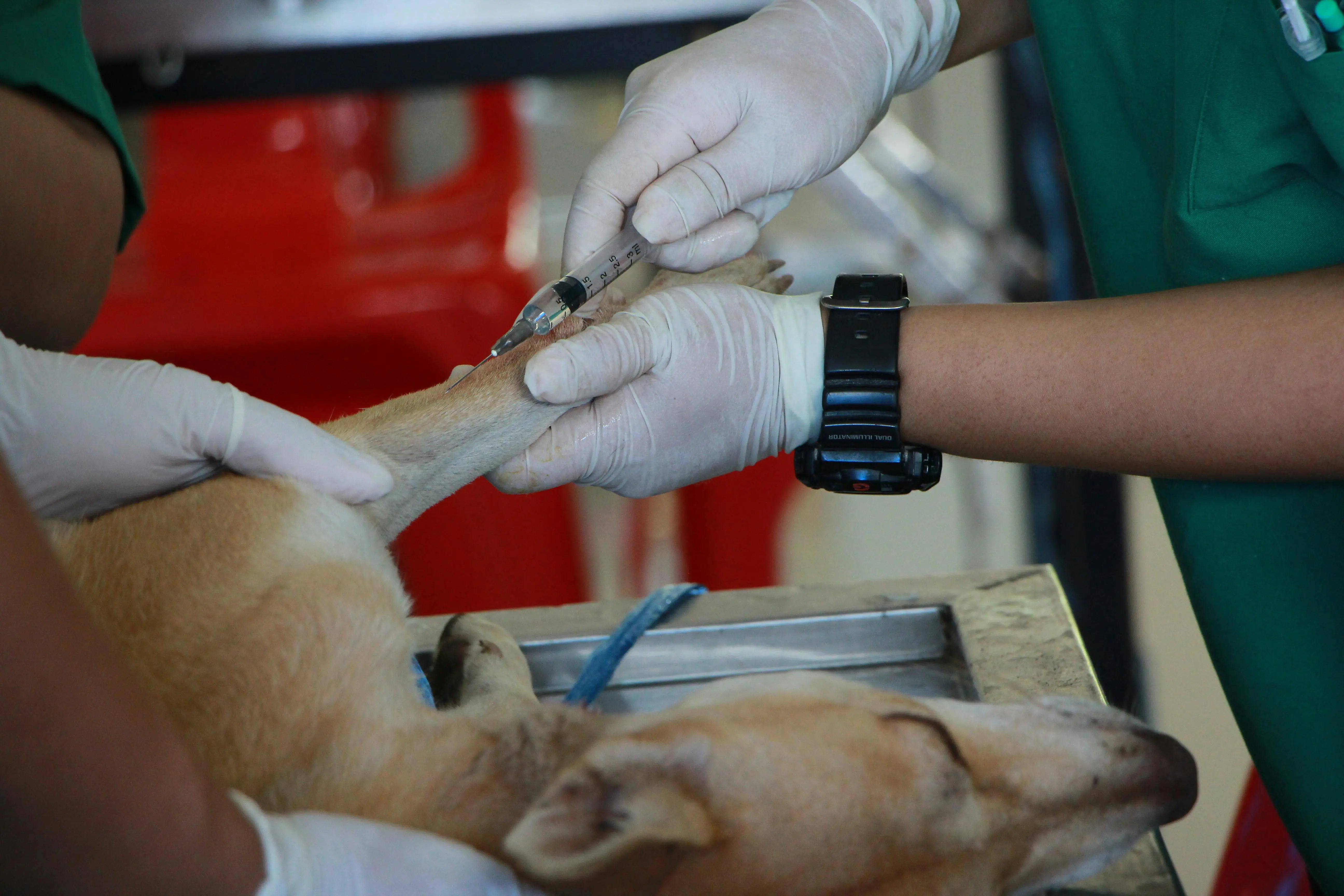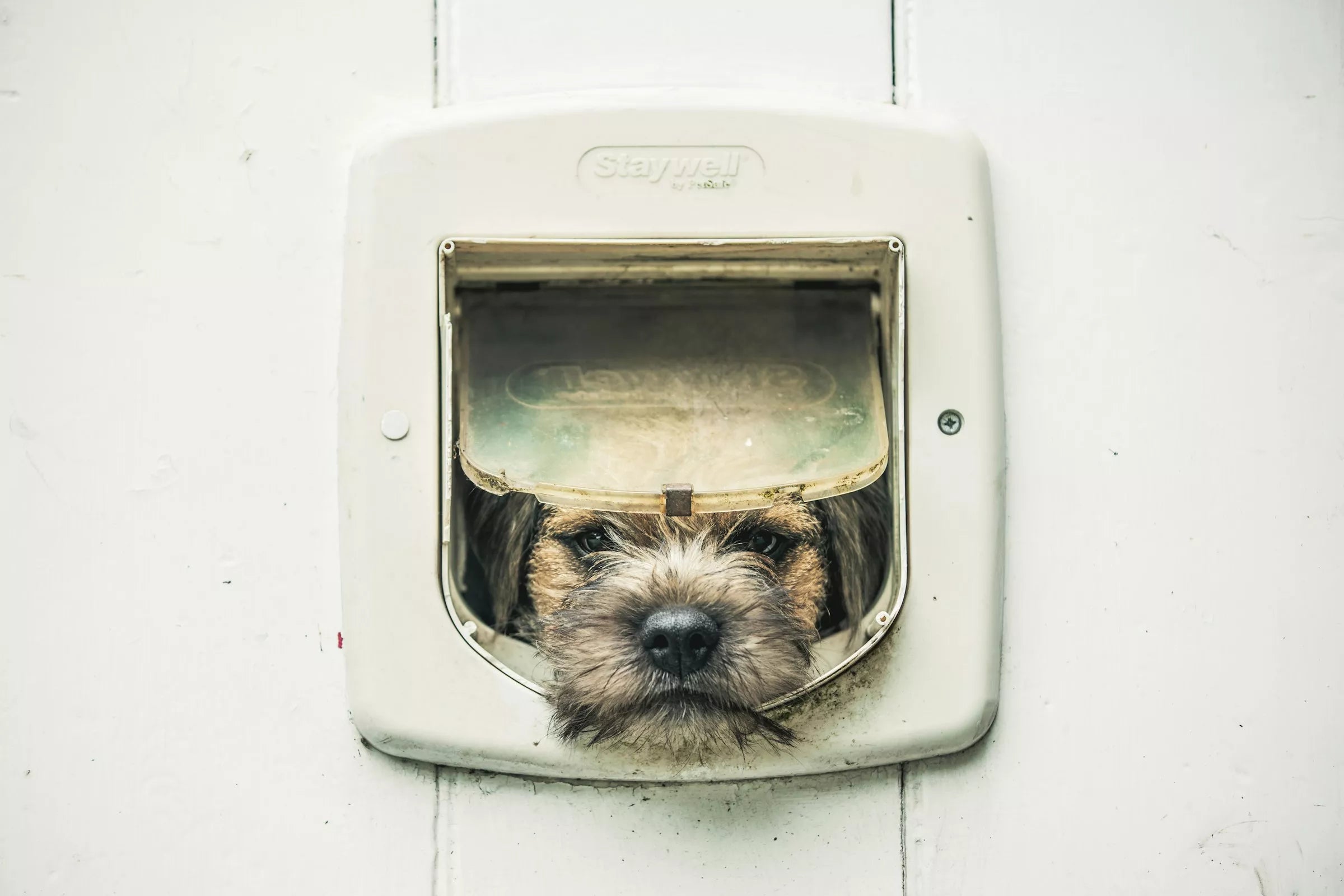Introduction
As a devoted dog parent, keeping your furry companion safe is always a top priority. One of the best ways to protect them is by getting them microchipped. But if you’re wondering, “Where exactly is a dog’s microchip implanted?”—you’re not alone! Let’s break it down in simple terms so you can feel confident about this small but powerful safeguard for your pup.
Why Microchipping Matters
Imagine your dog slipping out of the yard or getting lost during a walk. Your heart sinks, and panic sets in. This is where a microchip can make all the difference. It’s a permanent form of ID that links your pup back to you, ensuring a happy reunion if they’re ever found.
What Is a Dog Microchip?
A dog microchip is a tiny, rice-sized device that contains a unique identification number. It’s not a GPS tracker, so it doesn’t show your dog’s location. Instead, when scanned by a vet or shelter, it displays your contact details from a secure database.
Where Are Dog Microchips Implanted?

The Exact Location on Your Dog’s Body
Microchips are implanted under the skin, between the shoulder blades. This area is chosen because:
- It’s easily accessible for veterinarians.
- It provides a stable place where the chip is less likely to move.
For smaller dogs and puppies, the vet may adjust the placement slightly, but it’s always in the upper back region.
How Is a Microchip Implanted?
It’s a quick, simple, and nearly painless procedure. Here’s how it works:
- The vet loads the microchip into a sterile syringe.
- The chip is injected just beneath the skin, like a vaccine shot.
- The entire process takes only a few seconds!
Does It Hurt?
Most dogs barely react—some don’t even notice! It’s similar to getting vaccinated, with only mild discomfort at most.
How Does a Microchip Work?
When a lost dog is brought to a shelter or vet, they use a scanner to check for a microchip. If found, the scanner displays the chip’s unique ID, which is then used to contact the dog parent via the microchip registry.
Only authorized personnel (like vets, shelters, and animal control) can access this database.
Will a Microchip Move Inside My Dog’s Body?
Microchips can shift slightly, but they usually stay in place. Regular check-ups help ensure the chip is still where it should be.
Do Microchips Have GPS?
No, microchips do not have GPS. If you want to track your dog’s location in real time, a GPS collar or tag is a better option.
Is Microchipping Safe for Dogs?

Yes! Microchipping is safe and recommended by veterinarians worldwide. There are very few risks, and complications are extremely rare.
How Much Does Microchipping Cost?
The cost varies, but it typically ranges from $25 to $75. Many shelters offer discounted or free microchipping events, so check in your local area.
What If I Adopt a Dog That’s Already Microchipped?
If your new pup already has a chip, you need to update the contact details. Contact the microchip company to register yourself as the dog’s new parent.
Can a Microchip Be Removed or Replaced?
Microchips aren’t meant to be removed, but if one stops working, a vet can implant a new one. Some dogs may have multiple microchips due to previous placements.
What Happens If a Dog Parent Doesn’t Register the Microchip?
Without registration, the microchip is useless. Always ensure your contact information is up to date in the microchip database.
Microchipping and the Law
Some countries, like the UK and parts of the US, require dogs to be microchipped by law. Even where it’s optional, it’s still a smart decision!
Final Thoughts: Why Every Dog Should Be Microchipped
Microchipping is a small act with a huge impact. It’s quick, safe, and could mean the difference between losing your pup forever or bringing them back home. If your dog isn’t microchipped yet, there’s no better time than now!
FAQs
Can a microchip be detected without a scanner?
No, microchips can only be read with a special scanner.
How often should a microchip be checked?
It’s good practice to ask your vet to scan it during your dog’s annual check-up.
Will a microchip work internationally?
Most modern microchips are ISO-compliant, meaning they work worldwide.
What if my dog has more than one microchip?
This can happen if a previous chip wasn’t detected. Both numbers should be registered under your contact details.
Do microchips expire?
No, microchips are designed to last a lifetime.















Share:
How Dog Friendly Is London?
Can Dogs Eat Bananas?